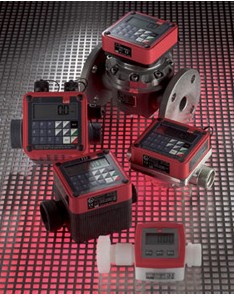ANGUIL热交换器
The Anguil Regenerative Catalytic Oxidizer (RCO) destroys air toxins and Volatile Organic Compounds (VOCs) that are discharged in industrial process exhausts. The Anguil system achieves VOC destruction through the process of catalytic oxidation, converting the VOCs to carbon dioxide and water vapor, recycling released energy to reduce operating costs. How the Regenerative Catalytic Oxidizer Works Process gas with VOC contaminants enters the Twin Bed RCO through an inlet manifold. A flow control valve directs this gas into an energy recovery chamber which preheats the process stream. The process gas and contaminants are progressively heated in the stoneware bed as they move toward the catalyst bed. The VOCs are then oxidized across the catalyst, releasing energy in the second stoneware bed, thereby reducing any auxiliary fuel requirement. The stoneware bed is heated and the gas is cooled so that the outlet gas temperature is only slightly higher than the inlet temperature.The flow control valve switches and alternates the stoneware beds so each is in inlet and outlet mode. If the process gas contains enough VOCs, the energy released from their combustion allows self-sustained operation. For example, at 95% thermal energy recovery, the outlet temperature may be only 77° (25°) higher than the inlet process gas temperature. PLC-based electronics automatically control all aspects of the RCO operation from start-up to shutdown so that minimal operator interface is required.






